Finding water in the wilderness can be a challenge, especially in some parts of the country.
Finding relatively clean water can be even worse. Yet clean water is essential in a survival situation. Taking chances with water which is not clean is extremely dangerous, especially if one’s health is suffering from lack of proper nutrition or exposure to microscopic pathogens.
But what do you do if the only water you can find doesn’t look all that appetizing? This isn’t really all that unusual in the wild, especially in areas where water is rare. About the only thing you might find is muddy water or water that is stagnant and scummy. Not exactly the best water to drink.
The classic survival answer is that any water found in the wild should be purified. But I’d have to say muddy or scummy water probably needs more than just purification. Many of the purification methods we commonly use won’t get rid of the mud or scum; and those that will, will quickly become clogged up if you use them to make the water both clear and clean.
What is needed is a natural way of making the water clear, removing solids from it, before purifying it. The better this can be done, the easier it will be for any filter or other water purification method you choose to use. Rather than becoming plugged up with mud, a survival water filter could then simply remove the microscopic pathogens that it is intended to.
This is where the Gypsy Well, sometimes also known as an “Indian Well” comes in.
How To Build a Small Bunker in Your Backyard with $400
What’s A Gypsy Well?
The gypsy well is a simple mean of using the ground to filter water; specifically to filter solids and dissolved solids out of it. The ground beneath our feet naturally acts as such a filter, with rainwater, water from melting snow and water we cast out on the ground passing through it and being filtered by it, as it works its way down to water-bearing strata.
If you’ve ever built a bio-filter or are familiar with the workings of a typical wastewater treatment plant, you will understand this in principle. In a bio-filter, water to be purified passes through three separate layers of materials: gravel, sand and activated charcoal.
The gravel removes large solids; the sand removes small solids; and the activated charcoal removes many of the microscopic pathogens that can be found in the water. The resulting water is generally safe to drink.
While you can’t count on the ground you find out in the wild being layered perfectly as a bio-filter, it will contain a combination of soil, sand and gravel, allowing it to filter out most of the solids found in water. That’s the idea we’re going to work with to make a gypsy well and use it to clean dirty water.
The gypsy well can also be used to draw water out of the ground, when there is no surface water available. In such cases, there might be water just below the surface that is available, if you can get to it. One such place might be a dried-up or nearly dried-up stream bed, where the water has soaked into the ground.
Another such place would be someplace where the presence of trees, especially trees that need a lot of water, like willow, alder or poplar, are growing.
In these cases, making a gypsy well provides an easy means of drawing the water out of the ground, so that you can use it. While the well takes time to gather water, in many cases the water will be well-filtered of any debris and could even be clear.
Making The Gypsy Well
Making a gypsy well itself is extremely easy. But the first part is selecting a good location for it. One key thing is to find a place where there will be water available that can collect in the well. The easiest place for this to happen is nearby an existing body of water. In this case, you’ll want to dig the well so that its edge is within a couple of feet of the body of water you’re trying to work with.
If you are using the Gypsy Well to gather subsurface water, you’ll want to pick a location where water is likely to be. Generally speaking, the lowest point you can find is more likely to have water. If you’re trying to use a dry or semi-dry stream bed, look for a low point in it, where a pool would normally form. That’s where the water is the most likely to be close to the surface. If you’re planning on digging a Gypsy Well in a valley, pick a low point in the valley, rather than doing it on a hillside.
Soft ground or mossy grass indicate the presence of subterranean water, just as plant life will. Any lush areas of plant growth are a strong indicator of underground water.
The other thing you want to look out for is anything that could contaminate your water source. Avoid areas where you will find poisonous plants, chemical spills or any sort of runoff which would contain chemicals. In this case, the more pristine the location, the better.
Sandy soil is better for digging a Gypsy Well than pure dirt is. These wells will tend to provide clearer water. Avoid areas where there is a lot of clay in the soil, as the clay will slow the movement of water from the soil into the well, perhaps to the point of making the well useless.
The Gypsy Well itself is merely a hole in the ground; usually dug relatively square, with straight sides and anywhere from one to two feet deep and one to two feet on a side. If you are digging it in soft ground, you may need to shore up the walls with sticks or stones, to keep the soil from collapsing. If you do this with stones, you’ll need to ensure that the well is large enough to accommodate the stones and still leave you an open area in the middle.
A Gypsy Well that is being used to filter water in a stagnant pool doesn’t need to be as deep as one that is being used to gather subterraneous water. The more arid the area and the longer it has been since the last rain, the deeper your well should be. Some experimentation may be required to come up with the ideal size and depth.
It is a good idea to put a stick in the well, leaning against the side, so that any small animals which might fall into your well have a means of escape. In addition, a longer stick should be driven into the ground, to mark the location of your well and keep people from falling into it.
Using The Gypsy Well
What you’ve essentially accomplished, when you dig a Gypsy Well, is to create a man-made. Natural seeps are holes or low points in the ground, where water trapped in the ground gather. They have been used for centuries as a source of water in the wilderness. Your artificial seep will work just like they do.
As such, it will probably take some time for your Gypsy Well to fill with water; perhaps even overnight. There is an additional advantage of leaving it overnight, in that any sediment in the water will have a chance to settle. While it is quite possible that your well will produce clear water, there is no guarantee of that. However, the more sandy the soil, the clearer the water will probably be.
Murky water from a Gypsy Well should be pre-filtered through cloth to remove as much sediment as possible. This can be done with an actual filter-bag, such as it is used for pre-filtering the water in some swimming pool systems or in large aquariums. If that is not available, you can accomplish much the same thing by filtering the water through several layers of dense cloth. Good quality felt is best, but if you don’t have felt available, a T-shirt will do rather well.
Even if the water from your Gypsy Well is perfectly clear, don’t assume that it is safe to drink. All water you find in the wild should be purified before use, including the water from your Gypsy Well. The soil the water passed through may have filtered out any solids in the water, but it would not have removed any microscopic pathogens in it. If anything, the soil might add these microscopic organisms to your water.
This means using any of the standard methods that are taught for purifying water when out in the wild:
- Filtration – Either with a bag-type water filter unit or through a straw-type filter such as the Lifestraw. Keep in mind when using any sort of filter that you want the water as clear as possible, before filtering it.
- Chemical purification – Probably the best chemical purifier is chlorine bleach, which can be used at a rate of eight drops per gallon of water. However, you are more likely to have water purification tablets, which are a solid form of chlorine available to you in a wilderness survival situation.
- Heat – Boiling or pasteurizing water will kill the microscopic pathogens, making the water safe to drink. Carrying a WAPI (water pasteurization indicator) as part of your survival gear makes it easy to pasteurize water, without having to boil it.
Your Gypsy Well will continue to provide water as long as there is water in the ground to seep out into it. With wells dug alongside a body of water, they can theoretically continue providing water forever. However, you will notice that in most cases the water production diminish after some time; perhaps as little as a day. The easy solution to this is to dig a new Gypsy Well in another location, far enough away from the first as to be drawing water from a new area of soil.
When you do this, it’s always a good idea to fill in the one that you are no longer using, so as to avoid leaving a dangerous hole for other people or animals to fall into. Always be considerate of others, as you never know what affect your actions might result in.


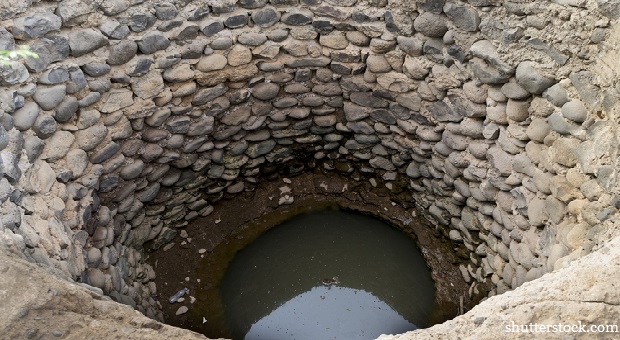


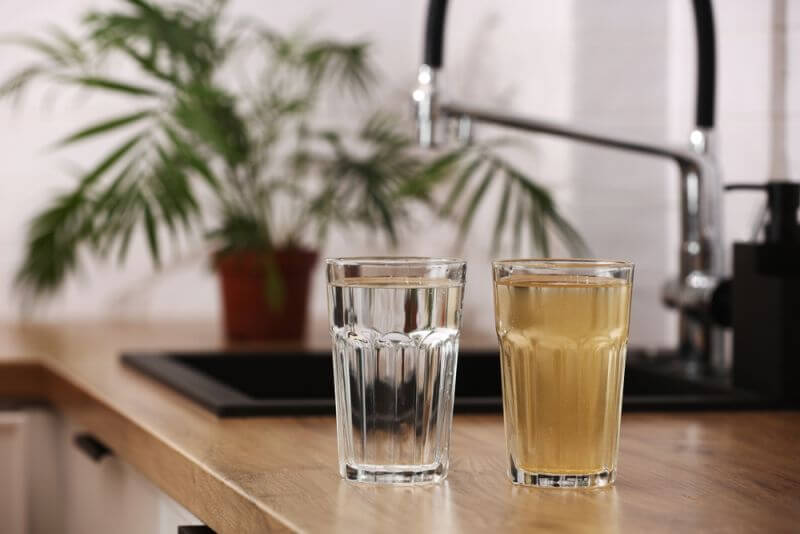
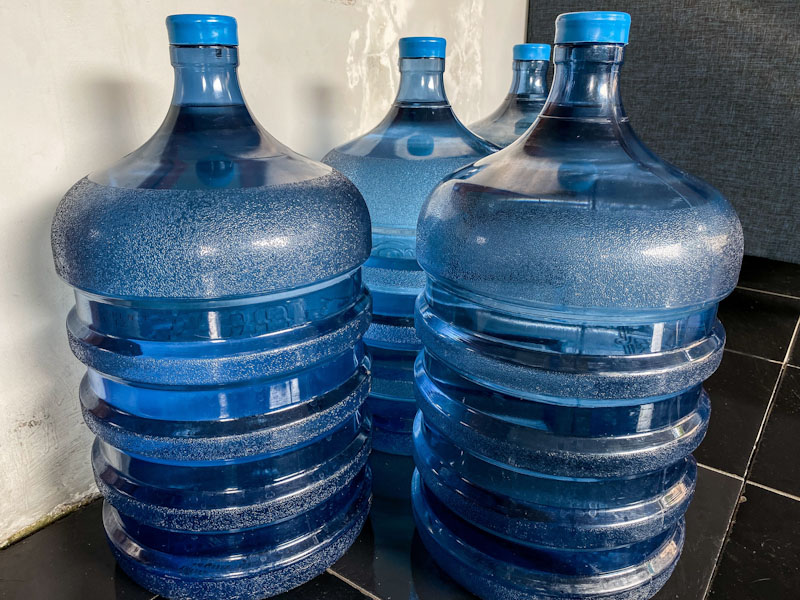
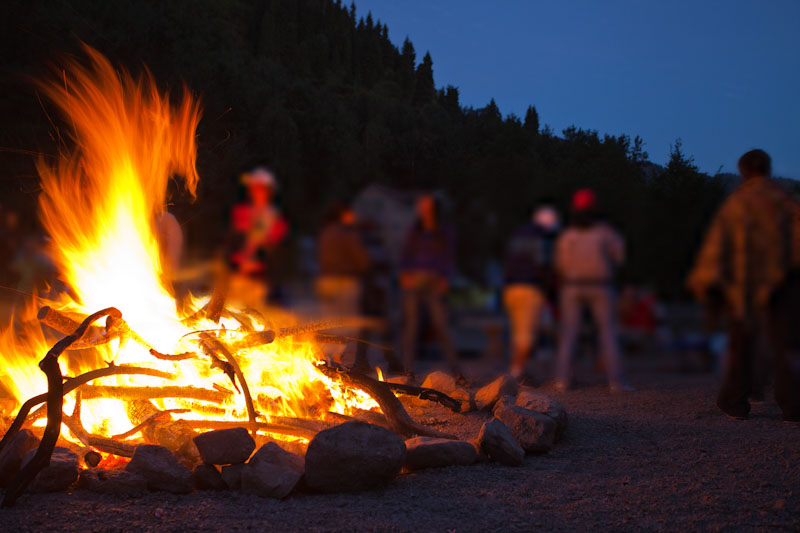
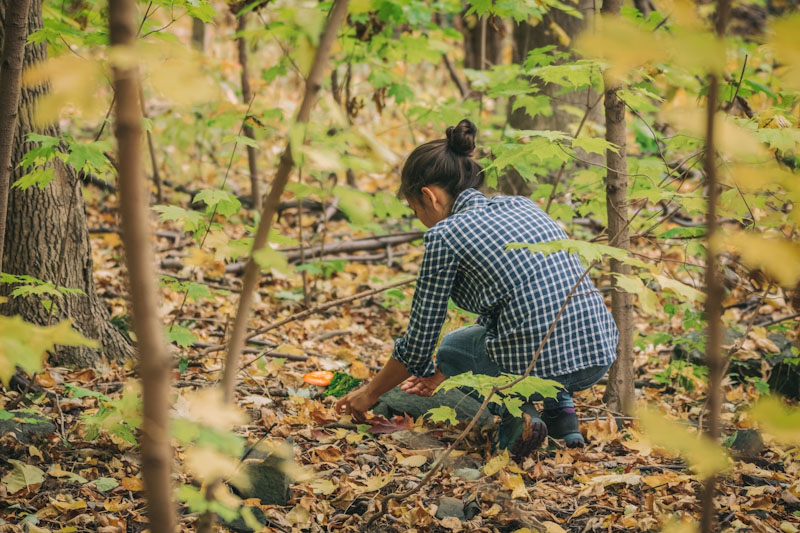

lc65 | June 24, 2018
|
Good article. Something that I would like to know more about – we have all heard that we should not drink standing water – ie moving water is inherently more safe. Why is this ?
Also, cisterns have been used extensively throughout history. They are essentially standing water ! Why are they safe ? The same goes for wells ? This is all very confusing.
Dave | June 24, 2018
|
Although you cannot see it in a well there is always water seeping into the well at a slow rate and when you use or pump the water out there is movement in the water in and out keeping the water moving and fresh , same as in a systern you fill it up with a certain amount of water and later you pump some out, same as a jug, you full it up and then you use it later. as long as the water does not set for a long period of time without adjitation and gets rancid.
Daniel Prince | June 27, 2018
|
Finally a fully legitimate article written by someone who isn’t a poser, Thank you Bill, though this technique was already known to me it is still a very nice short refresher course, living in Florida this is of somewhat limited use but as a teacher myself I will certainly put this in my list of URL’s to give to students for good small reads
Dale | June 13, 2019
|
I have two questions . . .
First, would a gypsy well provide water that is safe to drink if it is dug next to a body of water that is “poisonous?” We are all familiar with the old Westerns where someone is lost in the desert and comes upon a water hole and lays down to drink and his buddy stops him and points to the nearby skeleton of a cow that has drunk the water and died. Personally, I wouldn’t trust the water from any pond or watering hole unless I saw animal tracks leading up to, and away from, it. If animals are drinking from it, the water must be relatively safe. Back to my question . . . If the water hole is “toxic,” would a gypsy well render it safe to drink (after purification)?
Second question concerns the amount of bleach to add to a gallon of water in order to purify it . . . I have seen figures ranging from one drop of bleach to a gallon of water, to five drops of bleach to a gallon of water, and, now, you say eight drops to a gallon of water. Does anyone know the correct answer? Thanks, in advance.